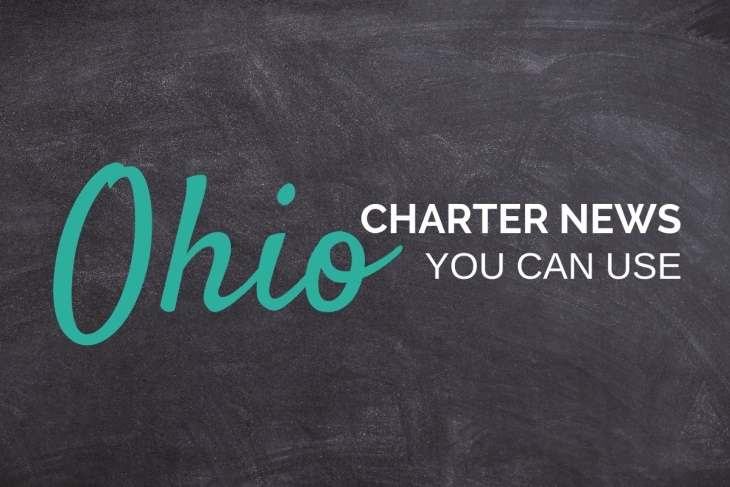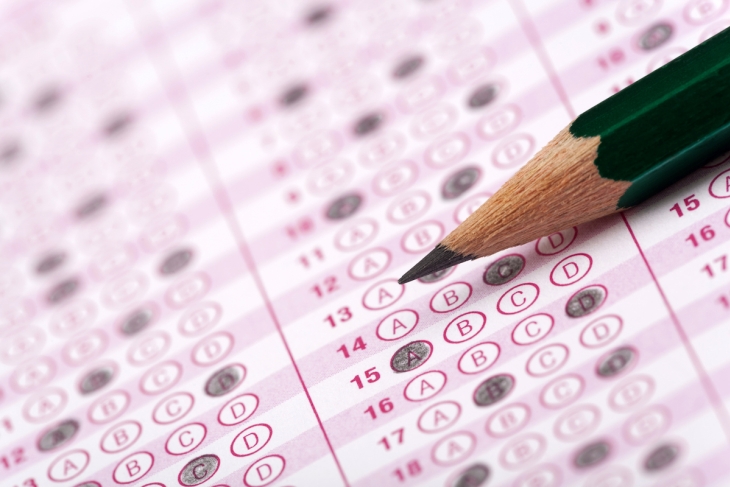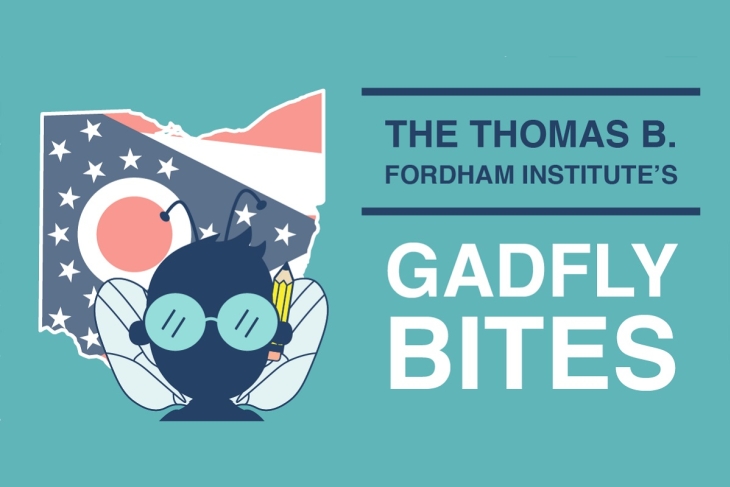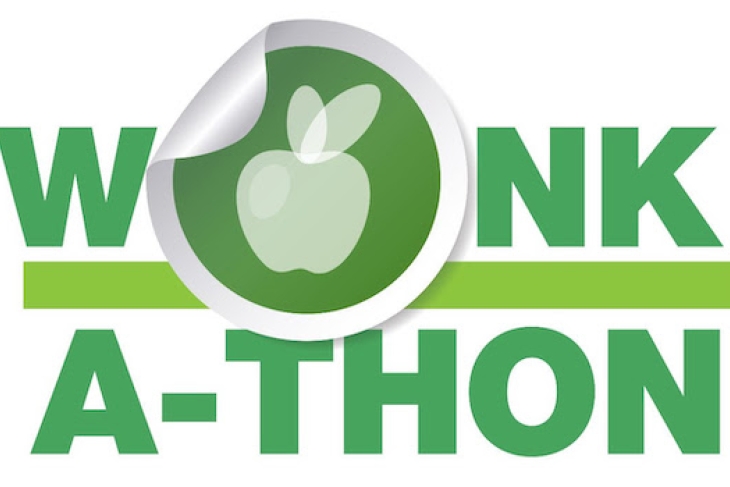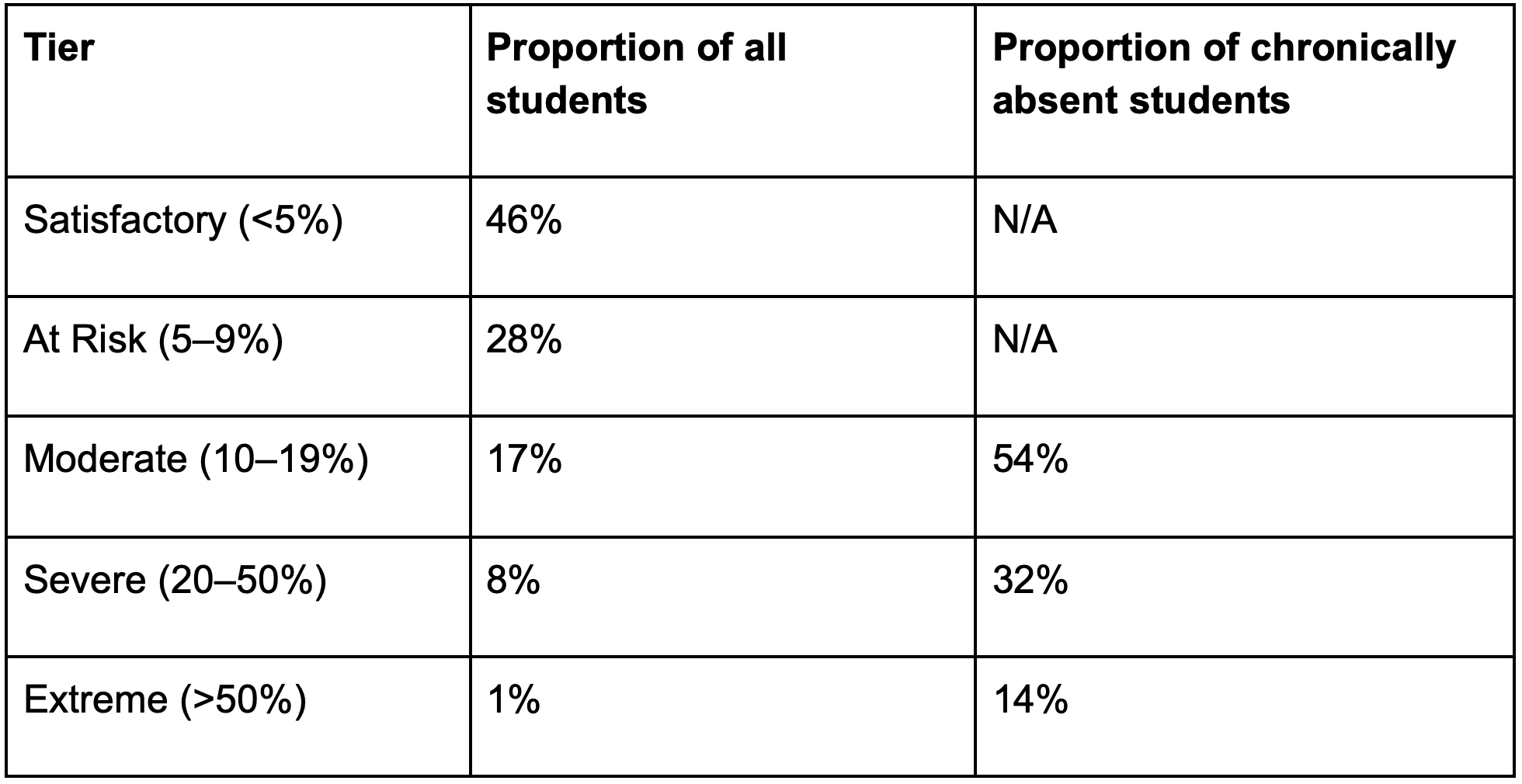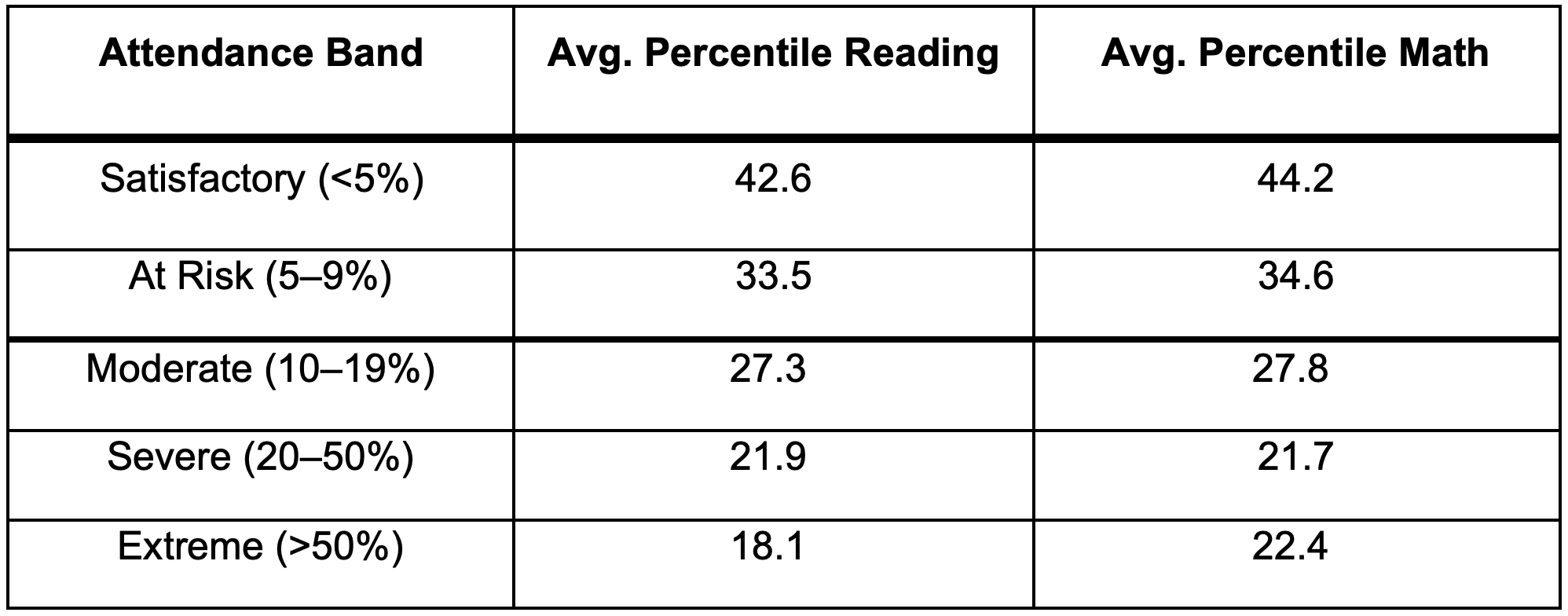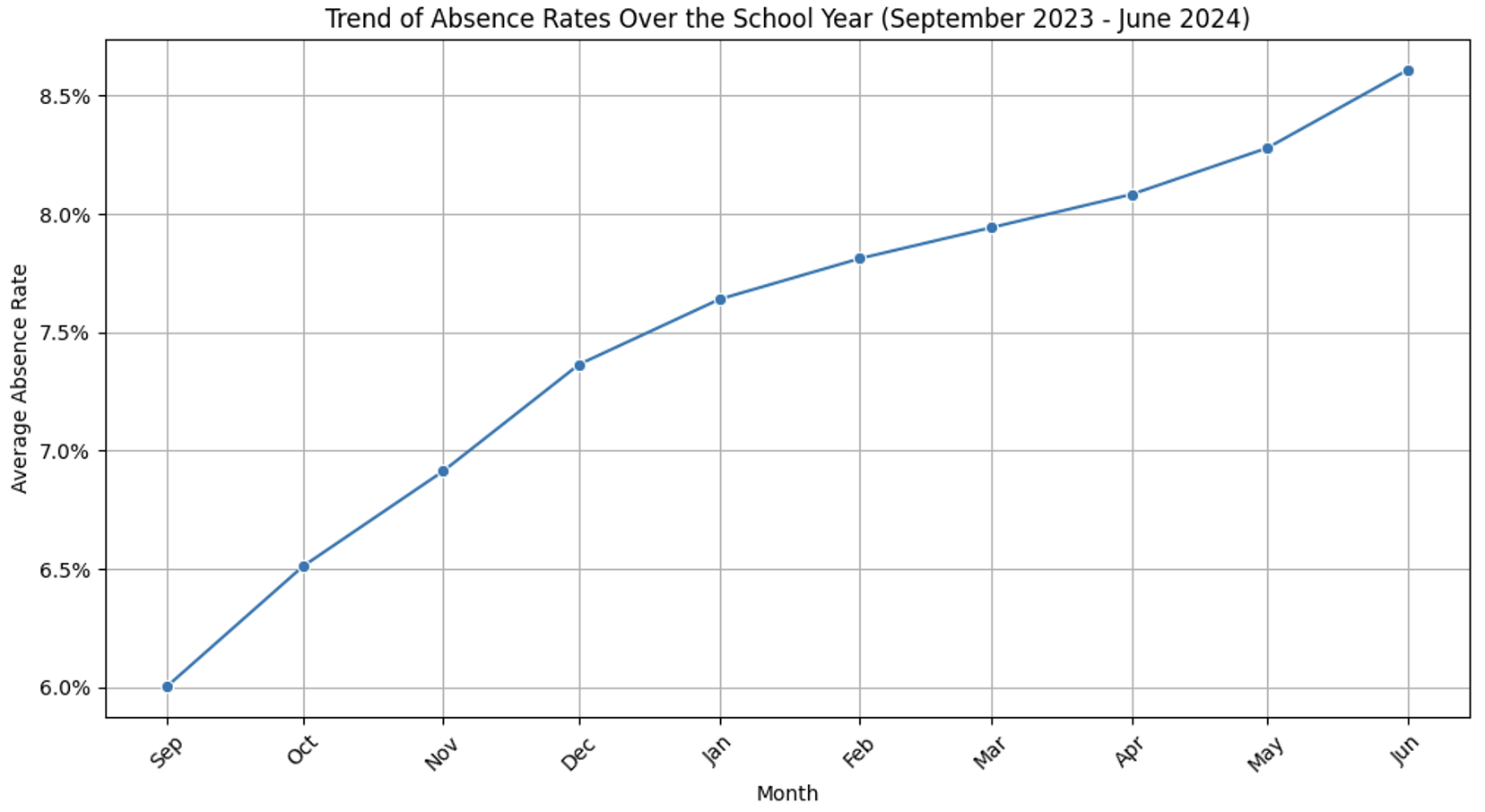Stories featured in Ohio Charter News Weekly may require a paid subscription to read in full.
NOTE: We’re back with a special Thursday edition after a short hiatus; covering 7/20 - 7/26/24. This week’s regularly scheduled edition will follow tomorrow.
More choice, more classroom space
The Buckeye Institute’s Greg Lawson published an op-ed in the Lima News last week, outlining a number of ways the State of Ohio could help private and charter school operators to grow and expand their classroom space. Such efforts will soon be needed—if they aren’t already—due to the expanding popularity of school choice options over the last few years. Sounds right.
Speaking of expansion…
Dayton Business Technology School is joining three local districts that are expanding career and technical education options for their students. Thanks to a recently-awarded state technology grant, the charter school will be able to add carpentry, electrical, and plumbing trades to its existing offerings. Awesome!
Choosing your education community
The non-profit organization 100 Black Men of Syracuse held a public meeting last week to preview their plans to create a charter school for underserved students in their city. Leaders explained their mission was to ensure academic success using a mix of conventional and research-based teaching styles while also engaging the broader community and incorporating the other facets of their work like mentorship, financial literacy, and health and wellness. The group is working with the Syracuse City School District and The Higher Learning Network to launch the new school as soon as possible, but it could take a couple of years to come to fruition.
Machinations
It seems that Columbus City Schools will likely hold off on closing any of its underutilized buildings—again—despite the vital need for spending efficiency and right-sizing. But that doesn’t mean that facilities plans aren’t still being hatched elsewhere. This Dispatch piece lays out a complicated and years-long series of land and building swaps between district leaders and city council in order for to the city to build a new indoor pool. The deal as described here appears to ultimately cost the district more money than it could possibly save, but it would allow for the divestment of several school buildings without the messy (and reviled) requirement to offer them to charter schools first…which seems to be what really matters to all of the decision makers in question.
The view from Indy
Brandon Brown, CEO of the Mind Trust, published an op-ed in the Indy Star last week, calling out Democrats in the Indiana legislature for standing in opposition to the charter schools, citing Indianapolis as a better example of cooperation. “Democrats in Indianapolis have shown that you can be ‘pro-public school’ while supporting high-quality charter schools,” he writes, noting that Indy charters are championed locally because they perform well and are popular with families. “It is time,” he concludes, “for their colleagues in the Statehouse to do the same.”
*****
Did you know you can have every edition of the Ohio Charter News Weekly sent directly to your Inbox? Subscribe by clicking here.
